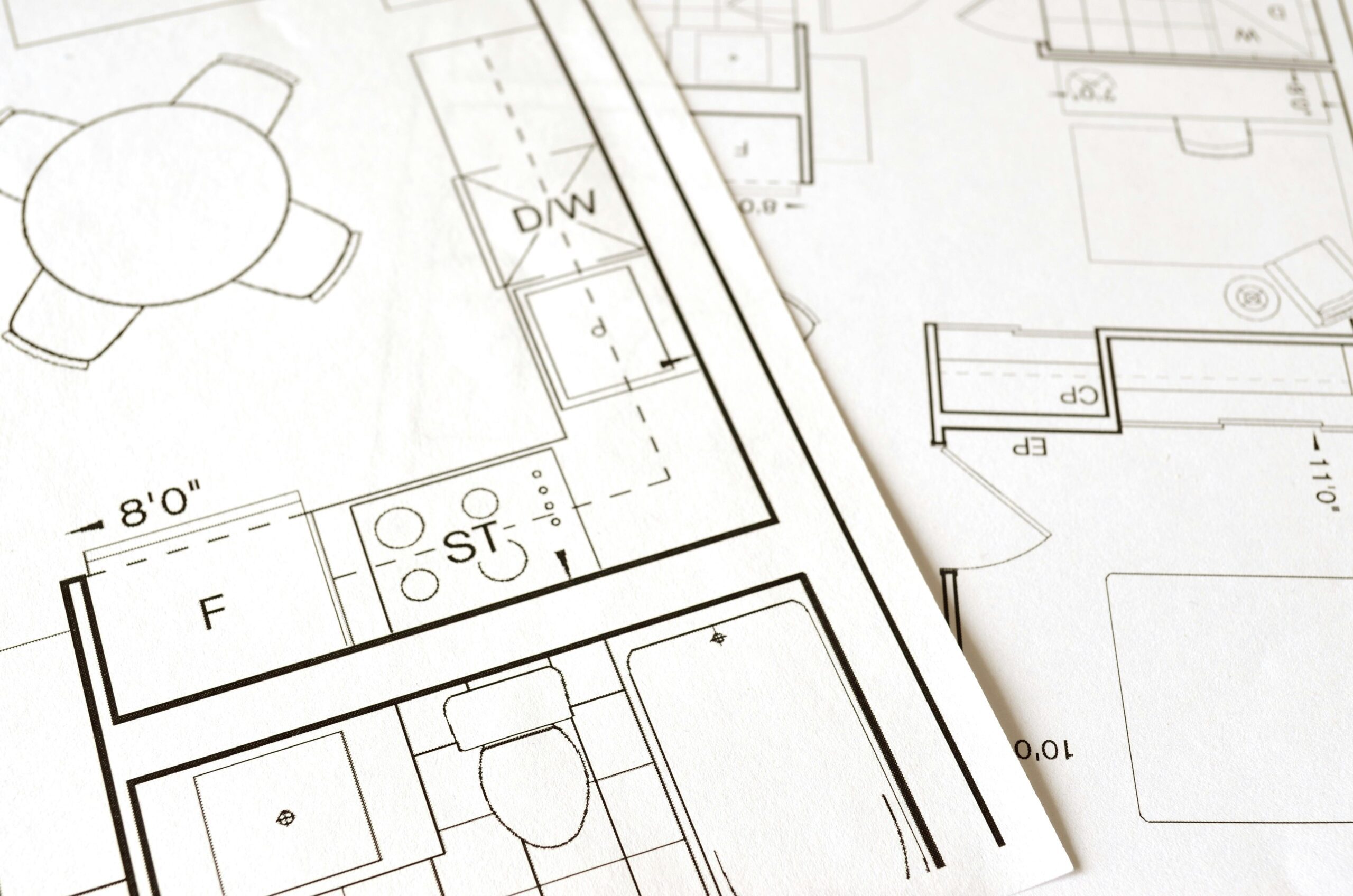- Home
- Articles
- Architectural Portfolio
- Architectral Presentation
- Inspirational Stories
- Architecture News
- Visualization
- BIM Industry
- Facade Design
- Parametric Design
- Career
- Landscape Architecture
- Construction
- Artificial Intelligence
- Sketching
- Design Softwares
- Diagrams
- Writing
- Architectural Tips
- Sustainability
- Courses
- Concept
- Technology
- History & Heritage
- Future of Architecture
- Guides & How-To
- Art & Culture
- Projects
- Interior Design
- Competitions
- Jobs
- Store
- Tools
- More
- Home
- Articles
- Architectural Portfolio
- Architectral Presentation
- Inspirational Stories
- Architecture News
- Visualization
- BIM Industry
- Facade Design
- Parametric Design
- Career
- Landscape Architecture
- Construction
- Artificial Intelligence
- Sketching
- Design Softwares
- Diagrams
- Writing
- Architectural Tips
- Sustainability
- Courses
- Concept
- Technology
- History & Heritage
- Future of Architecture
- Guides & How-To
- Art & Culture
- Projects
- Interior Design
- Competitions
- Jobs
- Store
- Tools
- More
Understanding Plot Plans: A Guide for Architects to Ensure Precision and Compliance
Discover the importance of plot plans in architecture and construction. Learn how these detailed drawings guide zoning, layout, and collaboration, ensuring precision and compliance. Explore tips to read plot plans, understand symbols, and leverage advanced tools like CAD to streamline projects and prevent costly errors.

When it comes to designing a building or planning a construction project, plot plans are one of the most critical tools architects rely on. These detailed drawings serve as a roadmap, showing the layout of a property, including boundaries, structures, and other essential elements. Without a clear plot plan, even the most creative designs can face setbacks or complications during execution.
We often overlook the importance of understanding how plot plans work and why architects prioritize them. They’re more than just blueprints—they’re the foundation for proper zoning, accurate measurements, and seamless collaboration among teams. By diving into the details of plot plans, we can better appreciate their role in turning architectural visions into reality.

Table of Contents
ToggleWhat Are Plot Plans?
Plot plans are scaled drawings that represent the boundaries, structures, and features of a property. These detailed diagrams serve as a foundation for designing, planning, and managing construction projects.

Key Components of a Plot Plan
- Property Boundaries: Plot plans include precise measurements of property lines, reflecting the legal extent of a site. Survey documentation often confirms these details.
- Existing Structures: Current buildings, driveways, patios, and other physical constructions are clearly marked.
- Land Features: Natural elements like trees, slopes, and water bodies are identified to guide design decisions.
- Utility Lines: Electrical, plumbing, and sewage lines are displayed where applicable.
- Easements and Setbacks: Restrictions such as easement zones and mandatory distances from property lines are carefully outlined.
Importance of Plot Plans in Architecture
Plot plans ensure architects can design structures that align with property specifications and local regulations. They help teams identify potential challenges like zoning restrictions, topographical issues, or utility placements before construction begins.
These plans also act as communication tools between architects, engineers, contractors, and planners. They offer a shared reference point, improving collaboration and reducing the likelihood of design errors. By using plot plans, architectural projects remain efficient, compliant, and structurally sound.
The Role of Architects in Designing Plot Plans
Architects play a central role in creating precise and functional plot plans. Their expertise ensures that every element of the design aligns with the property’s specifications, legal regulations, and client requirements.

Collaboration Between Architects and Clients
Architect-client collaboration is essential in developing effective plot plans. Architects gather input about the client’s preferences, project goals, and budgetary constraints to tailor designs to specific needs. This dialogue ensures that plans incorporate desired elements like floor layouts, landscaping, or parking areas. Clear communication helps architects address zoning restrictions and avoid design conflicts early in the process.
Tools and Technology Used by Architects
Architects use advanced tools to design and refine plot plans. CAD software, like AutoCAD or SketchUp, allows accurate drawing of property lines, structures, and utility systems. Geographic Information Systems (GIS) integrate real-world data, aiding in understanding site topography and environmental factors. BIM technology provides a 3D visualization, improving spatial perspective and coordination across project teams. By leveraging these tools, architects streamline the planning process and enhance design precision.
How to Read and Understand Plot Plans
Reading and understanding plot plans is essential for navigating architectural designs and construction projects efficiently. These detailed drawings include crucial information about property layouts and must be interpreted accurately to ensure project success.

Common Symbols and Notations
Understanding symbols and notations used in plot plans simplifies the interpretation process. These are standardized elements that visually communicate specific information:
- Property boundaries: Represented by solid or dashed lines, they define the extent of the property.
- Structures: Shown as rectangles or polygons, indicating existing or planned buildings on the site.
- Elevation marks: Indicate height changes, often represented by contour lines or numeric elevations.
- Utility lines: Depicted by dashed or dotted lines for water, sewer, electric, or gas connections.
- Easements and setbacks: Outlined using dashed lines, marking areas with restrictions or required spaces between structures and property lines.
Familiarity with these notations helps identify critical features quickly.
Tips for Interpreting Plot Plans Accurately
Accurate interpretation of plot plans supports project alignment with design intent, regulations, and property constraints. Follow these tips:
- Verify scale and measurements: Confirm the scale mentioned in the plan to understand actual dimensions.
- Cross-check key details: Match symbols, notes, and annotations with the legend to avoid misinterpretation.
- Identify legal restrictions: Locate easements, zoning boundaries, and setbacks to ensure compliance with property laws.
- Analyze natural features: Note topographic details like land slope or water features, as they may influence design choices.
- Collaborate with professionals: Engage architects, contractors, or surveyors for clarification on complex elements.
Using these strategies ensures accuracy when working with plot plans.
Benefits of Understanding Plot Plans
Understanding plot plans provides clarity in architectural projects, facilitating seamless execution and preventing miscommunication. These benefits streamline both the design and construction phases.

Enhancing Communication with Architects
Plot plans act as a visual communication tool, bridging the gap between technical designs and practical understanding. When we understand plot plans, it’s easier to discuss design specifics, zoning requirements, and property constraints with architects. This shared understanding promotes alignment on project goals and ensures that all parties interpret the plans correctly. For example, interpreting symbols for setbacks or easements accurately allows us to collaborate effectively with design teams.
Avoiding Design Conflicts and Errors
Familiarity with plot plans helps proactively identify potential issues, minimizing costly mistakes during construction. By cross-referencing plot plan details with project designs, we ensure that building layouts, utility placements, and land use comply with restrictions and property specifications. Missteps, such as encroaching on setback lines or improperly positioning structures, can be avoided by verifying these elements early. This foresight helps improve project efficiency and adherence to local regulations.
Conclusion
Plot plans are indispensable in architectural design and construction. Their detailed layout of property boundaries, structures, and other critical elements ensures precision and compliance throughout the project lifecycle. By working closely with architects, leveraging advanced tools, and understanding these drawings, stakeholders can enhance communication, minimize errors, and align projects with legal and spatial parameters. Mastering plot plans solidifies the foundation for achieving successful architectural outcomes.
- architect plot plan guide
- architectural compliance guide
- architectural layout plans
- architectural plot plans
- architectural site plan checklist
- architectural site planning
- compliant plot plans
- construction plot plans
- plot plan accuracy
- plot plan compliance
- plot plan design tips
- plot plan dimensions
- plot plan guide
- plot plan regulations
- plot plan standards
- plot plans and zoning
- Plot plans for architects
- plot plans for builders
- precision in plot plans
- site plan compliance
- site planning guidelines
- site planning precision
- understanding plot plans
Submit your architectural projects
Follow these steps for submission your project. Submission FormLatest Posts
10 Essential Things to Consider When Designing a Floor Plan for Your Space
Discover the art of crafting the perfect floor plan in our latest...
How Elevations, Floor Plans, and Sections Work Together in Building Design
When designing a building—whether it’s a home, a commercial unit, or a...
Simplifying Architectural Planning: A Practical Guide for Interior Designers
Explore the art of creating simple architectural plans for interior designers. Learn...
Effective Ways to Organize Your Architectural Plans: A Comprehensive Guide
Explore tips on how to effectively organize architectural plans in our comprehensive...












Leave a comment